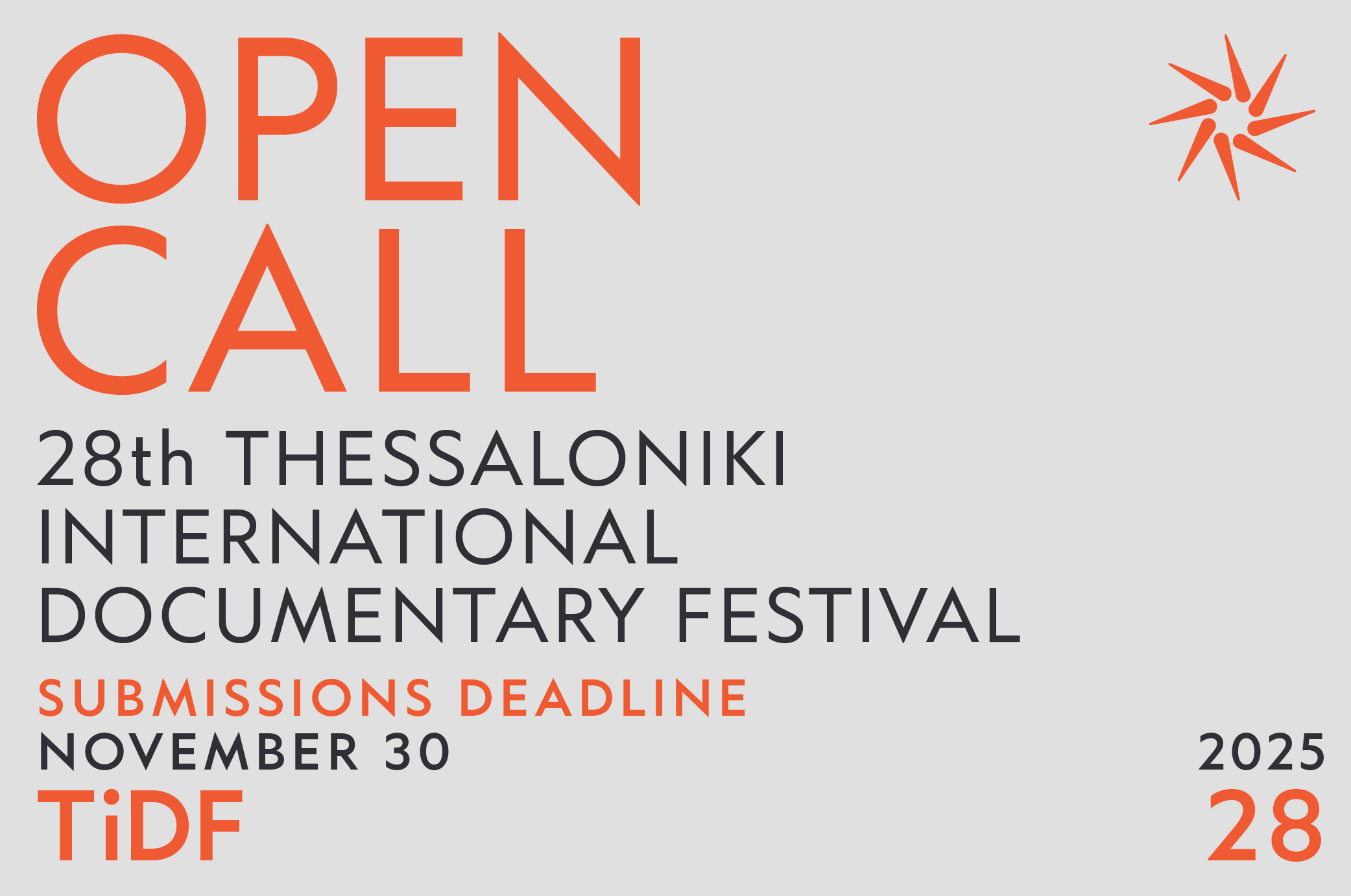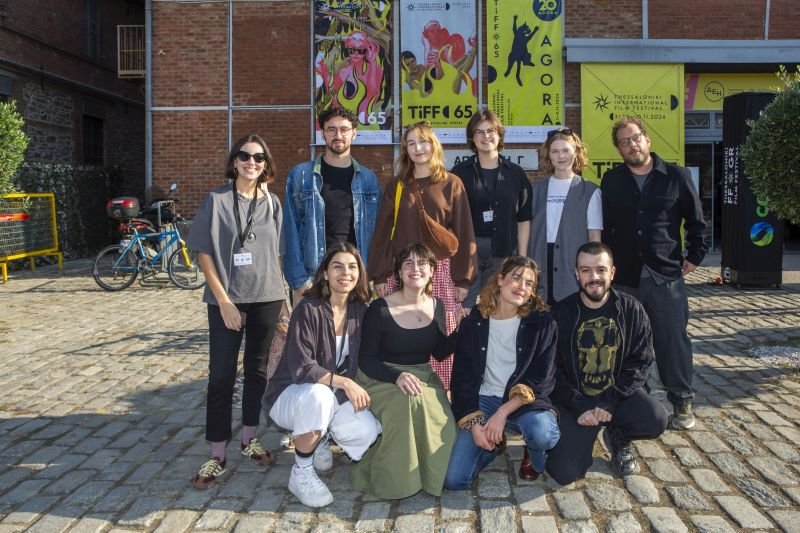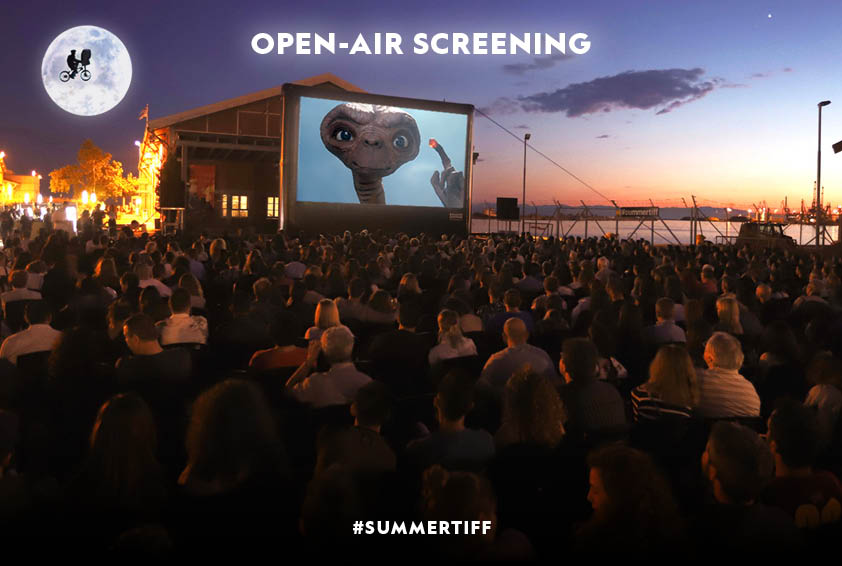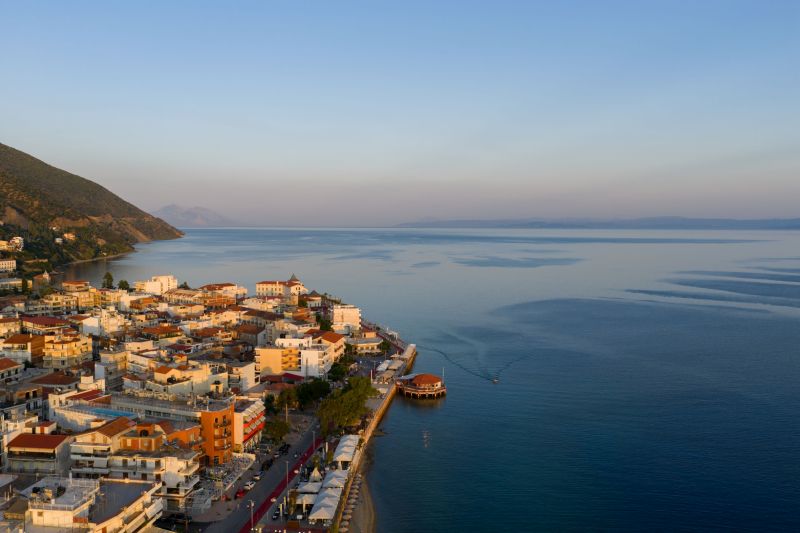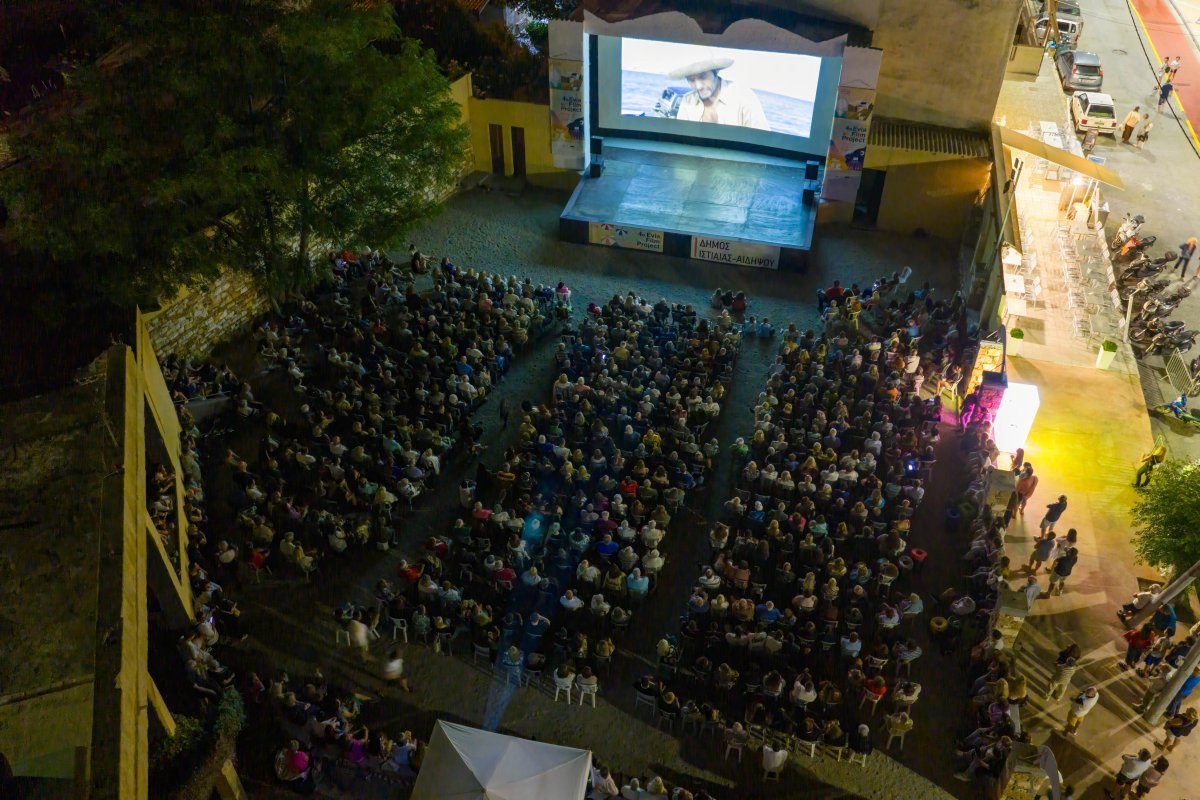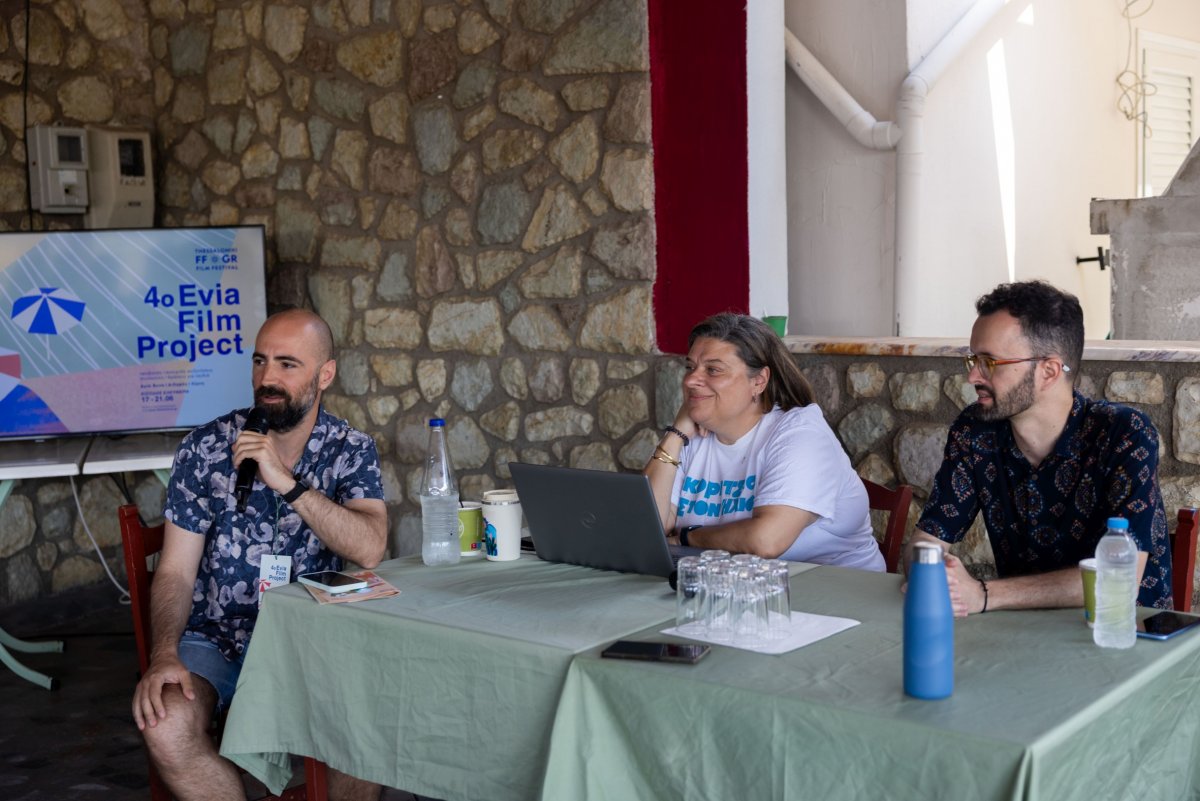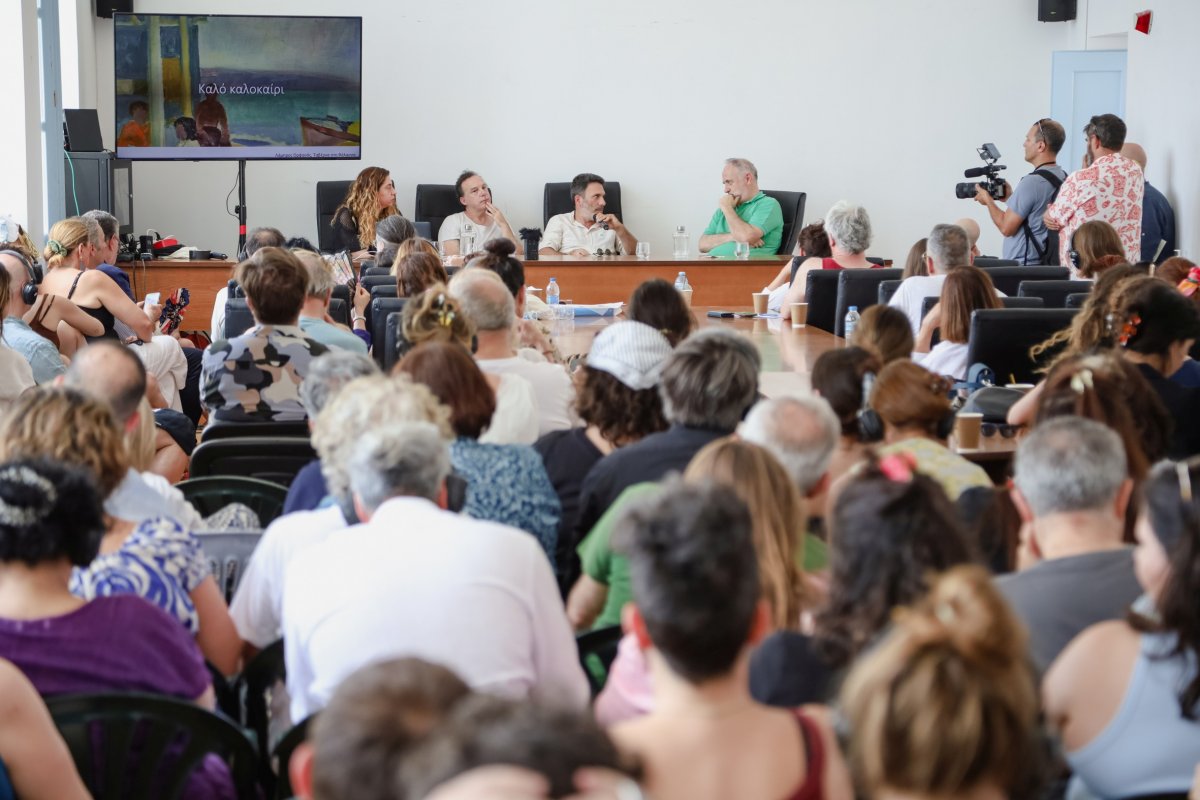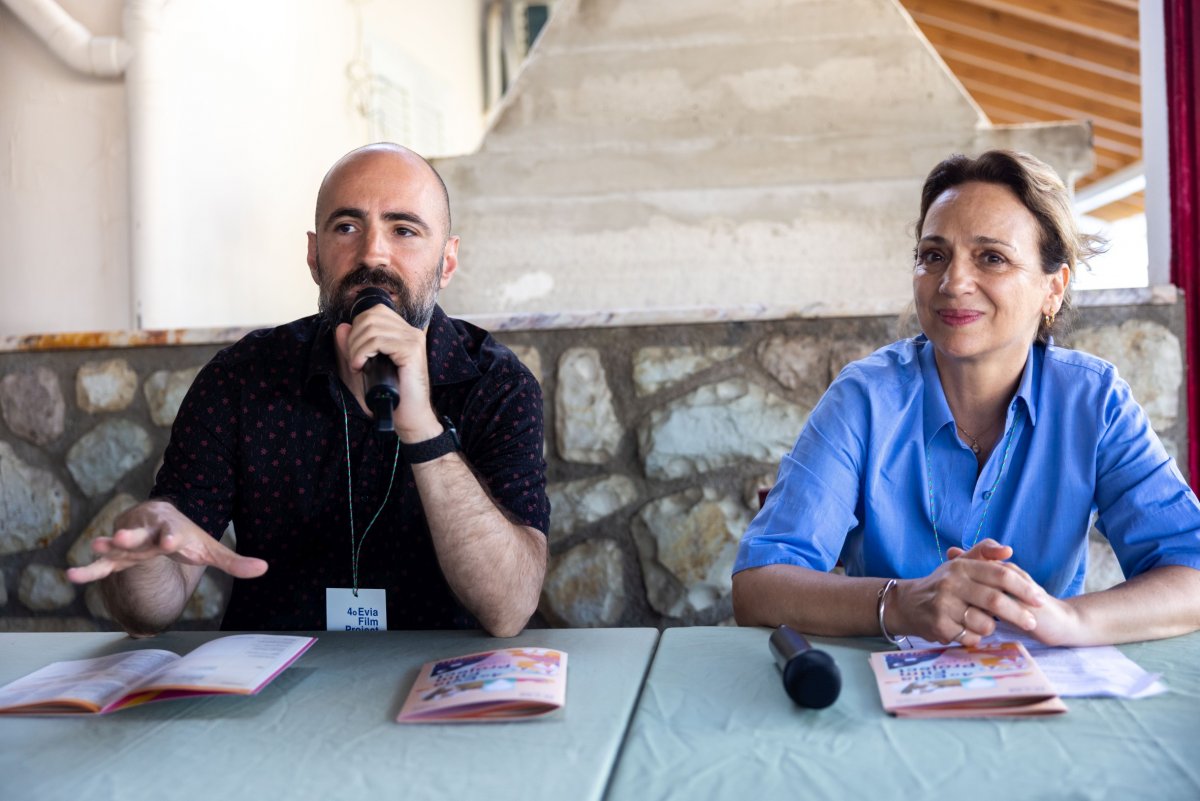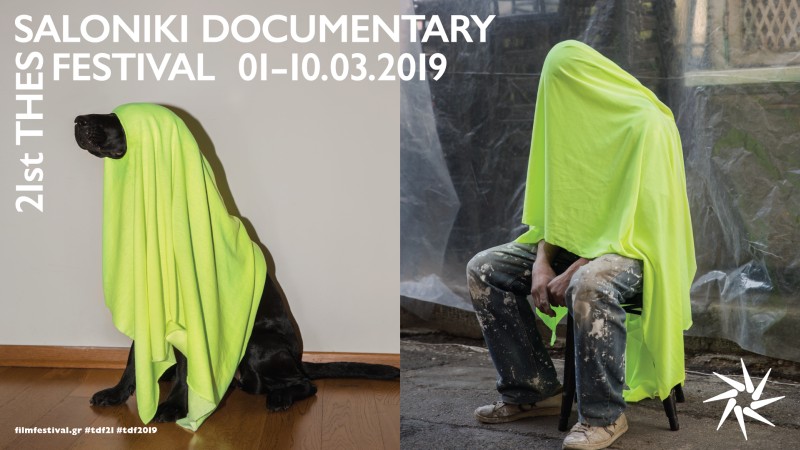Tribute to Yervant Gianikian & Angela Ricci Lucchi
The Thessaloniki Documentary Festival and Documenta 14(*) present a selection from the filmography of Yervant Gianikian and Angela Ricci Lucchi, two groundbreaking alchemists of contemporary cinema, whose oeuvre preserves historical memory, processess it and hands it to us in the form of wonderful – experimental but exquisitely devastating – filmic essays.
Their work has been shown at the world’s major art events and establishments – at the Venice Biennale (where they won the Golden Lion together with the entire Armenian pavilion in 2015), at New York’s MoMA, at the Tate Modern in London, at the Pompidou Center in Paris, and at leading international film festivals, such as Cannes, Locarno and Venice.
In 1942, when Yervant Gianikian and Angela Ricci Lucchi were born, Europe was undergoing an unprecedented, universal and precisely planned attack on the greatest constant of the human spirit: memory.
Thirty years later – at the dawn of the explosive 70s – Yervant and Angela met and their love was just one more reason for them to begin the meticulous reconstruction of this memory, which is handed to us today like a huge dictionary of alternative history on pieces of film.
Before their meeting, Yervant had studied architecture in Venice, carrying in his Armenian origin the tragedy of an ignored genocide, while Angela had gone as far as Saltzburg to be taught painting by Oskar Kokoschka.
In the years that followed, they abandoned architecture and painting, found cinema and began to narratively and aesthetically reconstruct the 20th century itself. They discovered lost reels belonging to the French film production company Pathe, in what is today the forgotten format of 9.5mm, as well as rare footage by the pioneering Italian documentarian Luca Comerio, and they began putting together these masterpieces.
The critical wounds which memory had suffered in 1942 now began to heal, as the two artists addressed the larger issues of modern history, as seen through the eyes of its defeated and unsung heroes.
Their research cast into doubt all the hitherto anthropological, historical and political certainties, leading them down new paths and towards an overall re-examination of cinematic rules and, primarily, of the cinematic pace of montage.
The films they made captured the “short 20th century,” as defined by Eric Hobsbaum – i.e., from 1914 to 1991. These are films which are not quite “films”; documentaries which are not only “documentaries”; and complex essays which are made up of film, video, installations, photographs, drawings and watercolors. Memory is registered in these films in a way which is heartrending, like a drawn out litany of injuries; like a tragedy lurking in the past and undermining the future.
Fascism, the barbarity of colonialism, the wars that shook the world, and immigration are leading topics in their cinema. Their images are haunting: political and subversive; at once exotic and nightmarish; they dive down to the bottom of cinematic reason.
Between 1974 and 1979, they introduced “scented films,” with special devices that diffused aromatic essences during the screenings (long before John Waters’ odorama) and soon after, they introduced their “analytical camera,” an original invention which processes archive material anew, generating new narratives and meanings.
And, seeing as memory is once again being persecuted, Gianakian and Ricci Lucchi’s unclassifiable masterpieces exhibit their torturous necessity and define the compelling value of innovation.
Orestis Andreadakis
?(*) We would especially like to thank Hila Peleg for the generosity of her initial proposal.
Their work has been shown at the world’s major art events and establishments – at the Venice Biennale (where they won the Golden Lion together with the entire Armenian pavilion in 2015), at New York’s MoMA, at the Tate Modern in London, at the Pompidou Center in Paris, and at leading international film festivals, such as Cannes, Locarno and Venice.
In 1942, when Yervant Gianikian and Angela Ricci Lucchi were born, Europe was undergoing an unprecedented, universal and precisely planned attack on the greatest constant of the human spirit: memory.
Thirty years later – at the dawn of the explosive 70s – Yervant and Angela met and their love was just one more reason for them to begin the meticulous reconstruction of this memory, which is handed to us today like a huge dictionary of alternative history on pieces of film.
Before their meeting, Yervant had studied architecture in Venice, carrying in his Armenian origin the tragedy of an ignored genocide, while Angela had gone as far as Saltzburg to be taught painting by Oskar Kokoschka.
In the years that followed, they abandoned architecture and painting, found cinema and began to narratively and aesthetically reconstruct the 20th century itself. They discovered lost reels belonging to the French film production company Pathe, in what is today the forgotten format of 9.5mm, as well as rare footage by the pioneering Italian documentarian Luca Comerio, and they began putting together these masterpieces.
The critical wounds which memory had suffered in 1942 now began to heal, as the two artists addressed the larger issues of modern history, as seen through the eyes of its defeated and unsung heroes.
Their research cast into doubt all the hitherto anthropological, historical and political certainties, leading them down new paths and towards an overall re-examination of cinematic rules and, primarily, of the cinematic pace of montage.
The films they made captured the “short 20th century,” as defined by Eric Hobsbaum – i.e., from 1914 to 1991. These are films which are not quite “films”; documentaries which are not only “documentaries”; and complex essays which are made up of film, video, installations, photographs, drawings and watercolors. Memory is registered in these films in a way which is heartrending, like a drawn out litany of injuries; like a tragedy lurking in the past and undermining the future.
Fascism, the barbarity of colonialism, the wars that shook the world, and immigration are leading topics in their cinema. Their images are haunting: political and subversive; at once exotic and nightmarish; they dive down to the bottom of cinematic reason.
Between 1974 and 1979, they introduced “scented films,” with special devices that diffused aromatic essences during the screenings (long before John Waters’ odorama) and soon after, they introduced their “analytical camera,” an original invention which processes archive material anew, generating new narratives and meanings.
And, seeing as memory is once again being persecuted, Gianakian and Ricci Lucchi’s unclassifiable masterpieces exhibit their torturous necessity and define the compelling value of innovation.
Orestis Andreadakis
?(*) We would especially like to thank Hila Peleg for the generosity of her initial proposal.
Total: Found results.
| 05 March 2017 | |||
|---|---|---|---|
| 11:00 | Balkan Inventory | PAVLOS ZANNAS | 222 |
| 11:00 | Nocturne | PAVLOS ZANNAS | 222 |
| 09 March 2017 | |||
| 15:45 | Oh! Uomo | PAVLOS ZANNAS | 624 |
| 17:45 | Barbaric Land | PAVLOS ZANNAS | 625 |
| 10 March 2017 | |||
| 14:00 | Images of the Orient: Vandal Tourism | PAVLOS ZANNAS | 723 |




